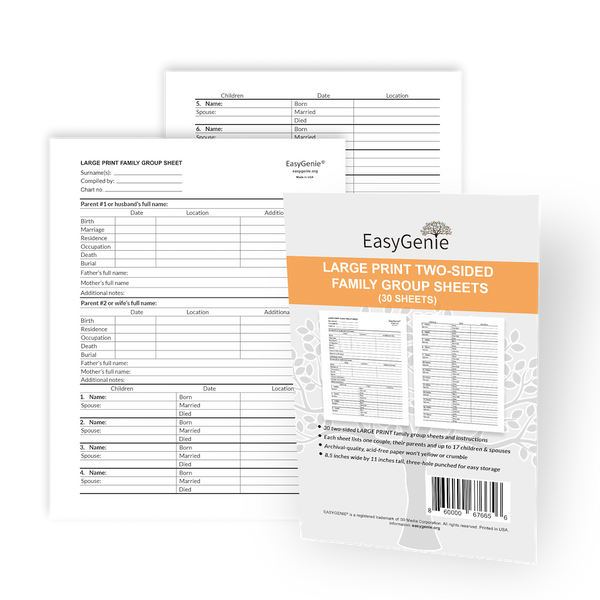
History Mystery #9 solution: Pounce Pot
Ian LamontFor our latest History Mystery, object #9 - made of pewter more than 200 years ago - received a lot of responses. More than half got it right. But others (myself included) missed the mark. Several guessed it was an incense burner:
“Could it be something that was used to burn a fragrance from. The odor would have come out the holes.”
- Linda K.
Thuribles or censers have been used in Christian ceremonies for more than 1,000 years. The idea likely originated with religious rites of the Roman era, or even older Jewish or Egyptian rituals. This censer dates from the 13th century:

While the mystery object was not a censer, something obviously had to pass through the tiny holes on the top. Myself and many others assumed it was used in the kitchen:
“It’s a salt or pepper shaker!”
- Sylvia O.
“It’s a sugar shaker. I remember my mother having one.”
- Martha C.
“It's an antique sugar caster for dispensing sugar at the dinner table.”
- Cherrill L.
Maybe this set of objects from the Winterthur Collection in Delaware will give a further clue. The two objects on the left look like salt and pepper shakers, but what about the object in the middle?
The true purpose of the object was related to writing with ink:
“It looks like a pepper shaker but that is not correct. I think the object holds sand to sprinkle on inked signatures to dry them and keep them from running.”
- Betty K.
“Could History Mystery # 9 be a tool to sprinkle powder over fresh ink on paper in order to speed up its drying time?”
- Edith P.
The object is known as a pounce pot. They could be simple, or very ornate. This pot and plate, made in Germany and decorated with the French royal arms, is in the Metropolitan Museum of Art:
“It is a sand shaker containing fine sand like you would find in an hourglass. It was used for sprinkling a bit of the sand over paper upon which you have just written something with a dip pen or a quill pen. This would absorb the moisture from the ink and help it dry quicker. It would be especially helpful if you dashed off some text and needed to quickly fold the paper to send to someone.”
He adds that pounce pots make appearances in historical dramas. Ken Howard, when playing Thomas Jefferson in the musical film 1776, used one when drafting the Declaration of Independence.
Reader M.H. notes that ‘Pounce’ has evolved through the years from the product for prepping paper and drying ink on it, to more of a process, as this video shows:









